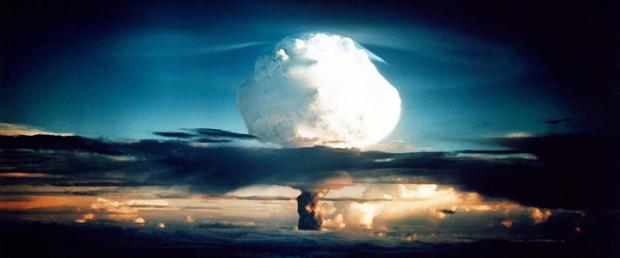
Breaking News
 $11 Trillion Quietly Moved - Americans Will Freeze & Obey When Market Collapse Hits : Chase Hughes
$11 Trillion Quietly Moved - Americans Will Freeze & Obey When Market Collapse Hits : Chase Hughes
 Econ 101 - 2026 Early Economic Forecast
Econ 101 - 2026 Early Economic Forecast
 Buy'r breaks the Blackrock monopoly- How the corporate club controls America
Buy'r breaks the Blackrock monopoly- How the corporate club controls America
 An AI Expert Warning: 6 People Are (Quietly) Deciding Humanity's Future! We Must Act Now!
An AI Expert Warning: 6 People Are (Quietly) Deciding Humanity's Future! We Must Act Now!
Top Tech News
 Build a Greenhouse HEATER that Lasts 10-15 DAYS!
Build a Greenhouse HEATER that Lasts 10-15 DAYS!
 Look at the genius idea he came up with using this tank that nobody wanted
Look at the genius idea he came up with using this tank that nobody wanted
 Latest Comet 3I Atlas Anomolies Like the Impossible 600,000 Mile Long Sunward Tail
Latest Comet 3I Atlas Anomolies Like the Impossible 600,000 Mile Long Sunward Tail
 Tesla Just Opened Its Biggest Supercharger Station Ever--And It's Powered By Solar And Batteries
Tesla Just Opened Its Biggest Supercharger Station Ever--And It's Powered By Solar And Batteries
 Your body already knows how to regrow limbs. We just haven't figured out how to turn it on yet.
Your body already knows how to regrow limbs. We just haven't figured out how to turn it on yet.
 We've wiretapped the gut-brain hotline to decode signals driving disease
We've wiretapped the gut-brain hotline to decode signals driving disease
 3D-printable concrete alternative hardens in three days, not four weeks
3D-printable concrete alternative hardens in three days, not four weeks
 Could satellite-beaming planes and airships make SpaceX's Starlink obsolete?
Could satellite-beaming planes and airships make SpaceX's Starlink obsolete?
Will solar panels survive a nuclear EMP (and dear God, why do we have to think about this?)

While that particular bit of saber rattling seems to have come to an end, many people are understandably still worried that civilization might end soon. Some have opined that civilization hasn't felt very civilized lately, and maybe it might be time for it to either improve drastically or get the ending over with, already.
Whatever your take on our impending doom, fear of the indirect effects of a nuclear attack has led more than one of our readers to ask whether and how solar panels might survive. Good question!
The short answer is solar panels will probably get zapped by a nuclear EMP, because the wires they're connected to will cause extremely high voltages to backfeed into them. But there are ways to protect solar panels from an EMP, so don't lose all hope yet.
First, let's get some context and explanation out of the way:
The thing to be worried about here is what's known as a nuclear electromagnetic pulse, or EMP for short. If a nuclear weapon of sufficient size is detonated high in the atmosphere, an EMP can disrupt everything that uses electronic circuitry, potentially causing irreversible damage to electronics in cars, airplanes, the U.S. electric grid, and yes, your home solar system. Of course, if a nuke is detonated a little closer to the ground, the EMP will be the least of your worries.
How does an EMP work?
Basically, a nuclear EMP disrupts the earth's magnetic field to such a great degree that it causes electrons to go spiraling out all over the place, spontaneously zapping electronics in its path. There are three phases to a nuclear EMP: E1, E2, and E3.
E1 is the most damaging and fast-acting pulse, a huge burst of gamma radiation that saturates every meter of air within its considerable range with up to 50,000 volts of electricity within a few nanoseconds of the nuclear explosion.

 First totally synthetic human brain model has been realized
First totally synthetic human brain model has been realized Mach-23 potato gun to shoot satellites into space
Mach-23 potato gun to shoot satellites into space

